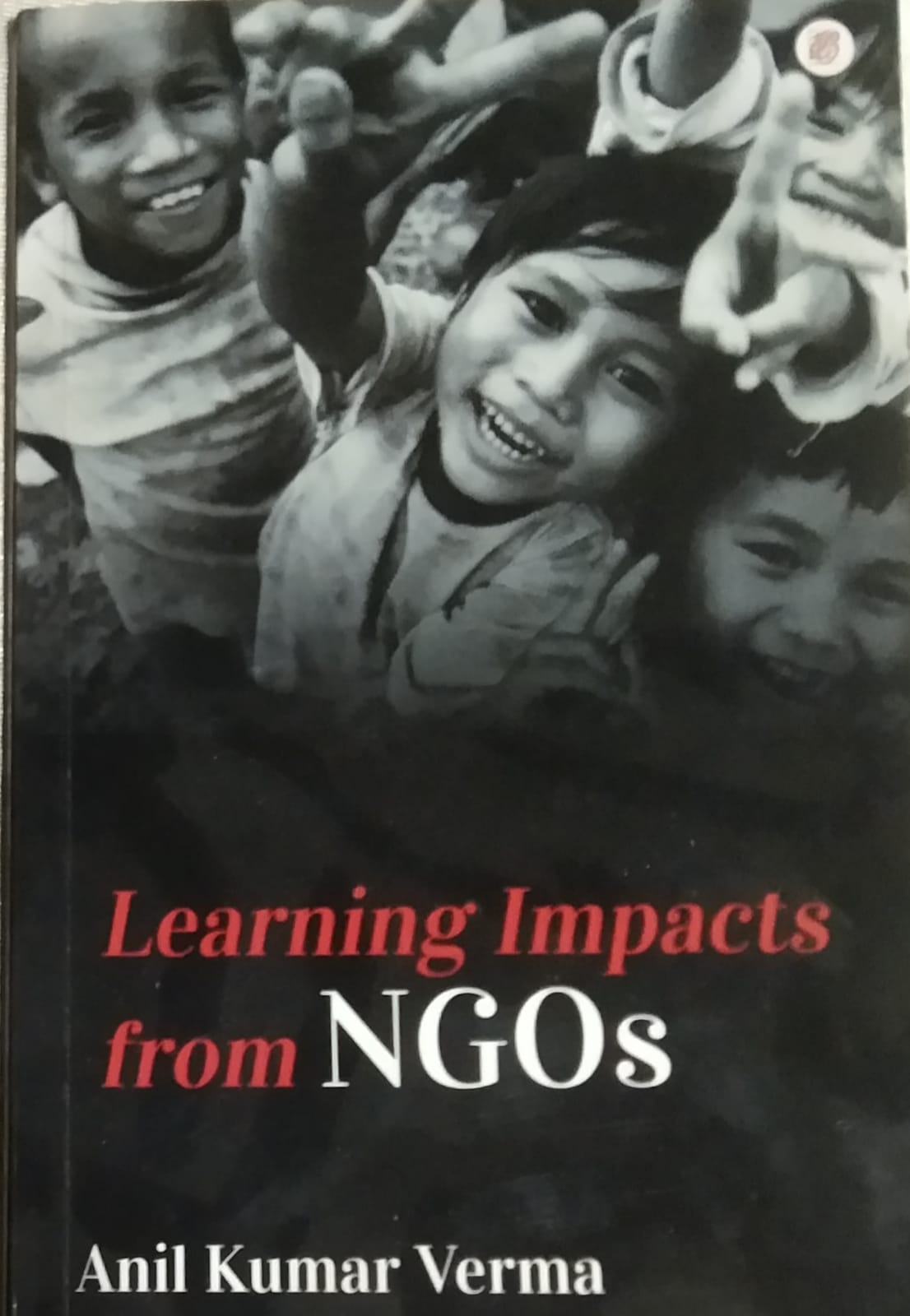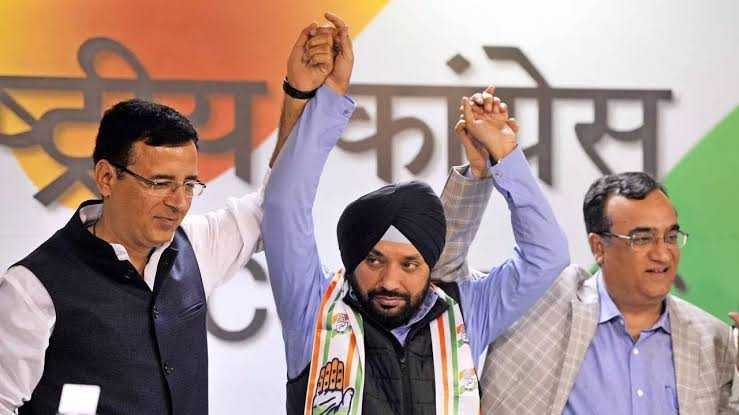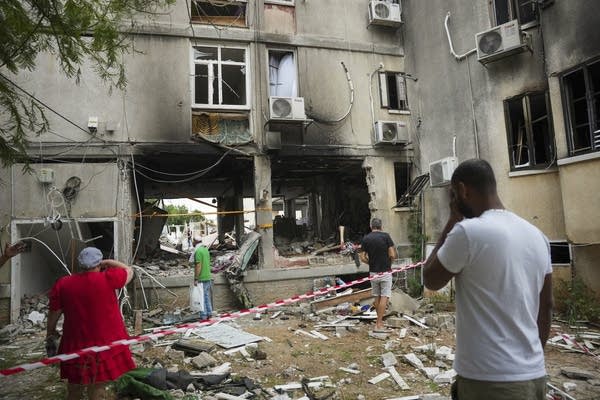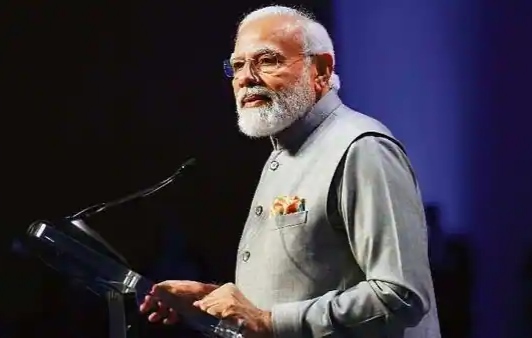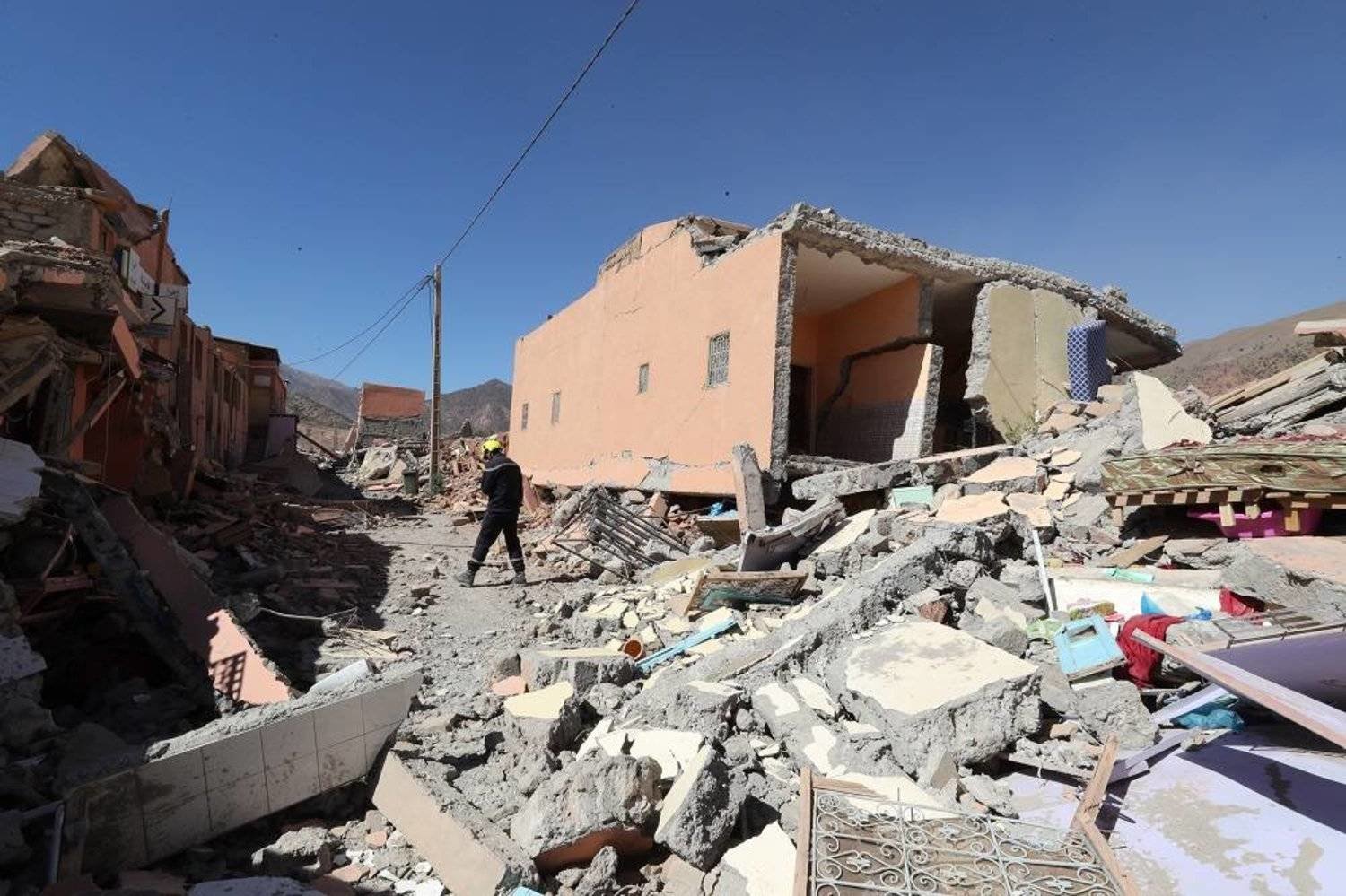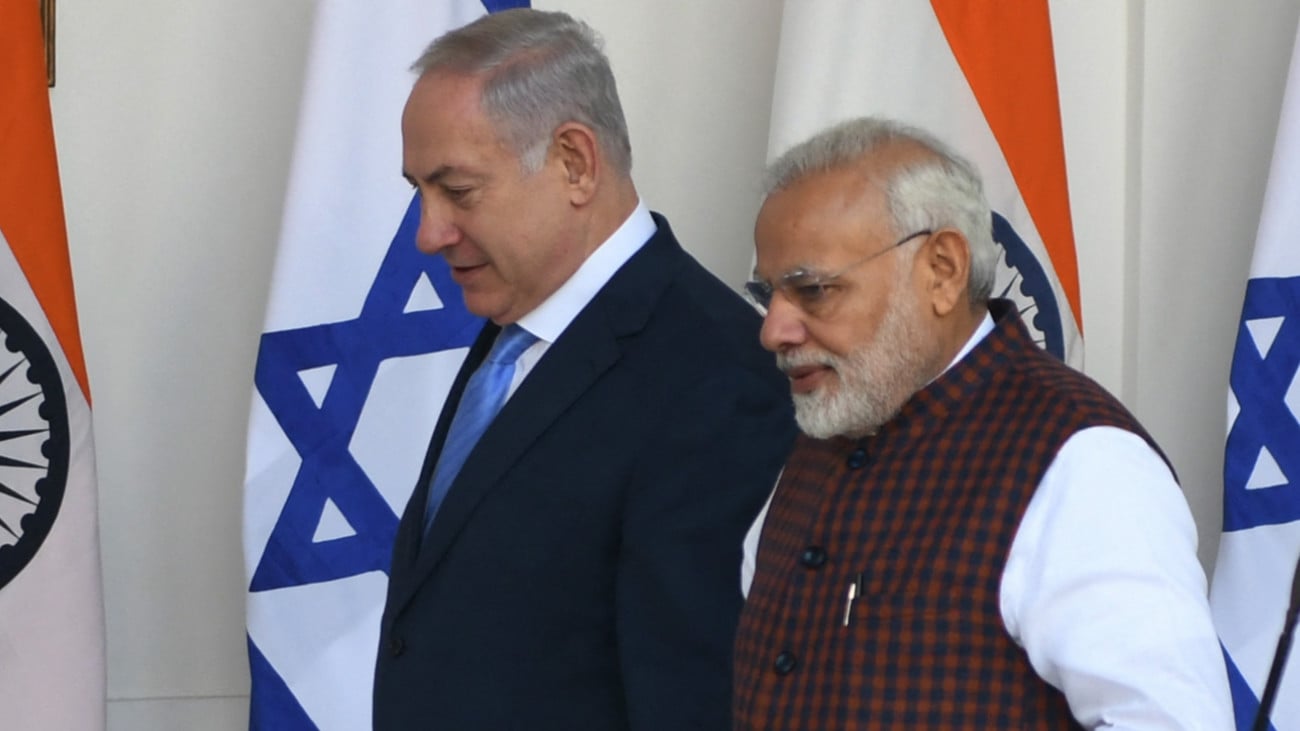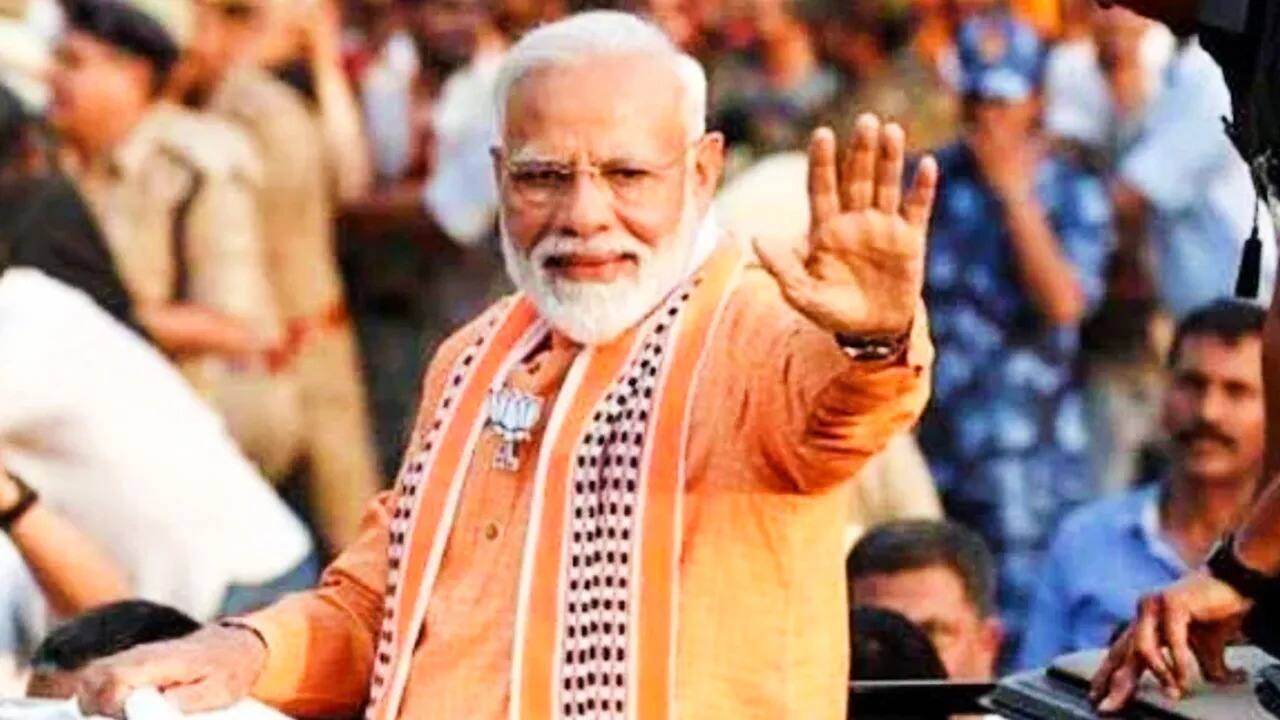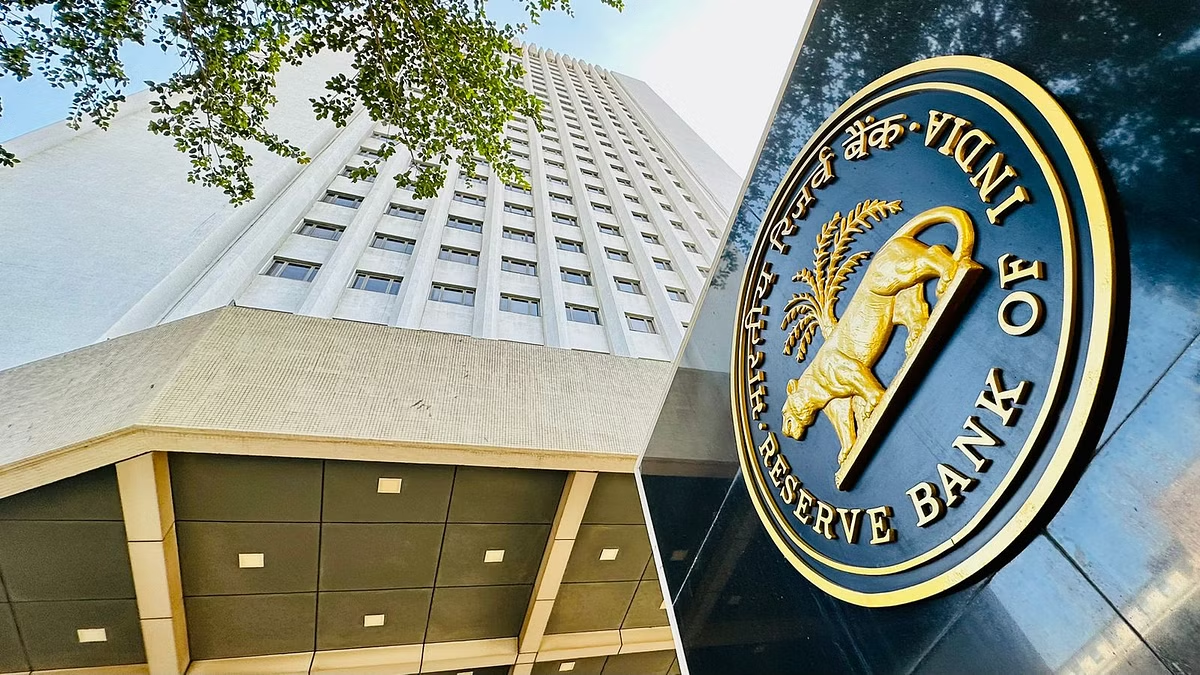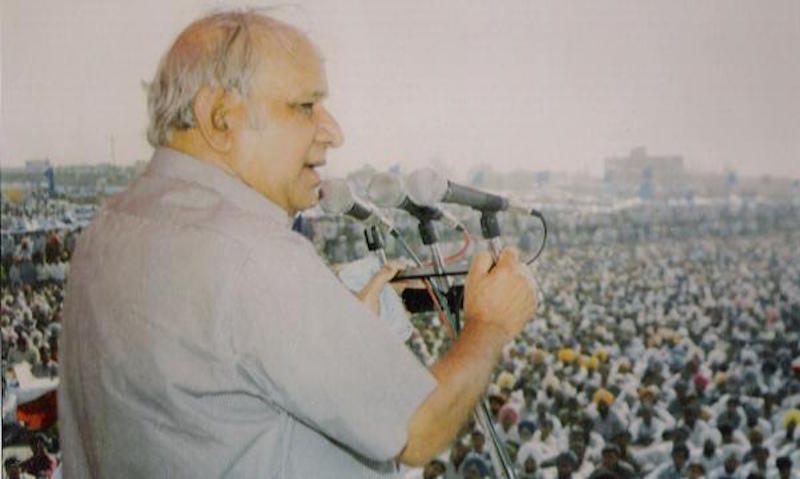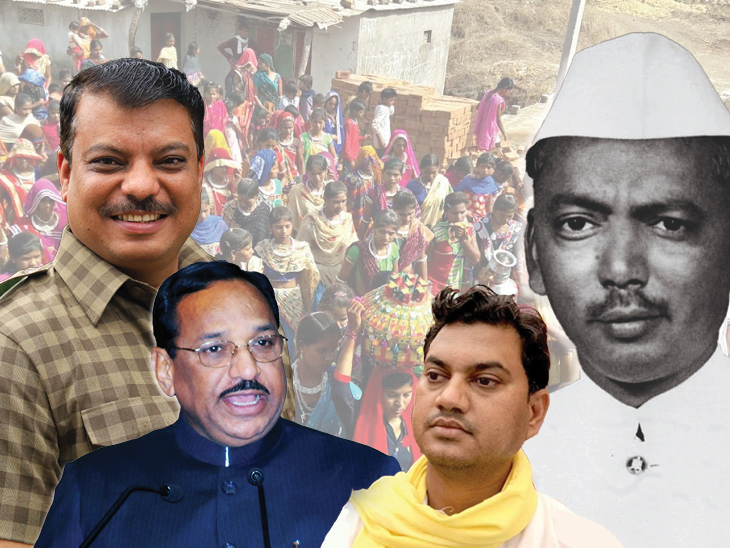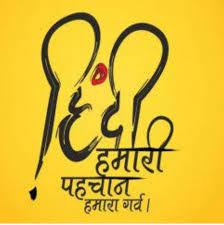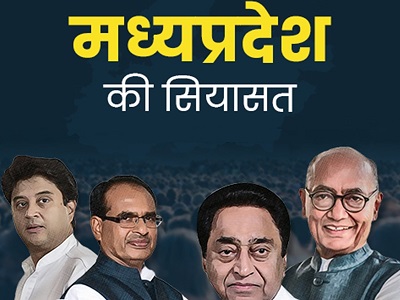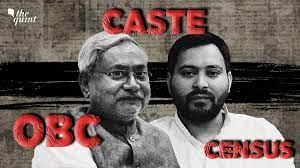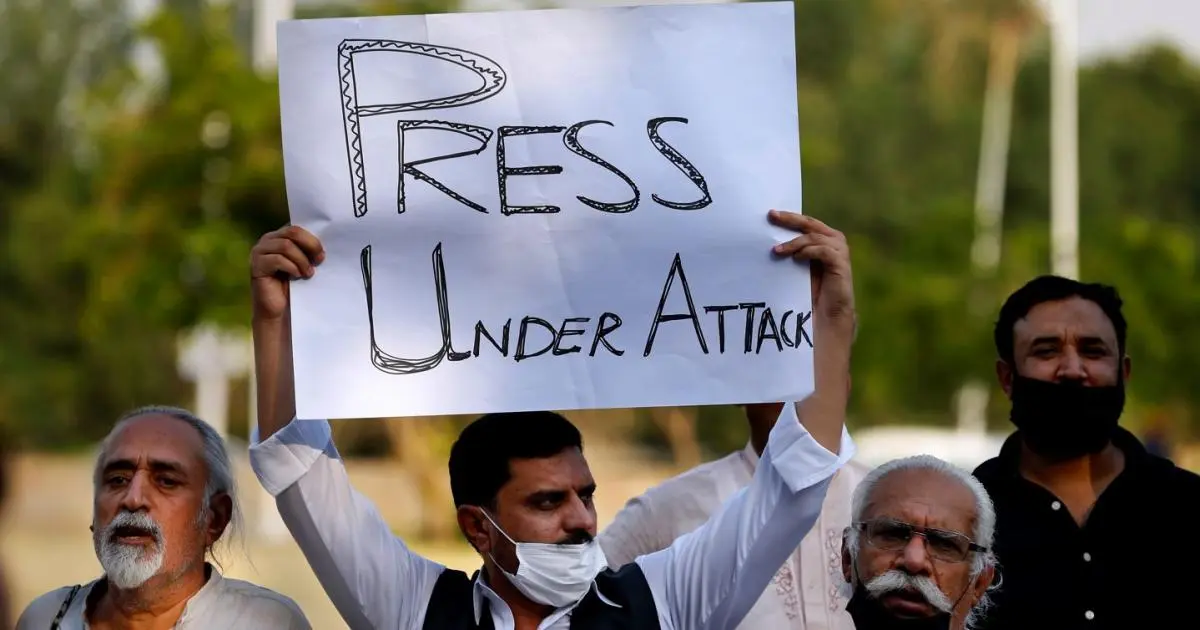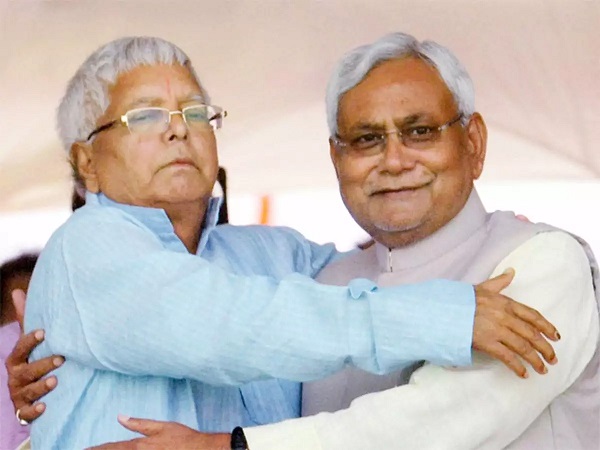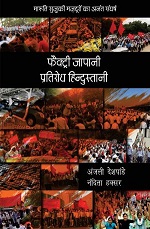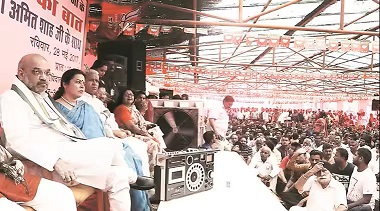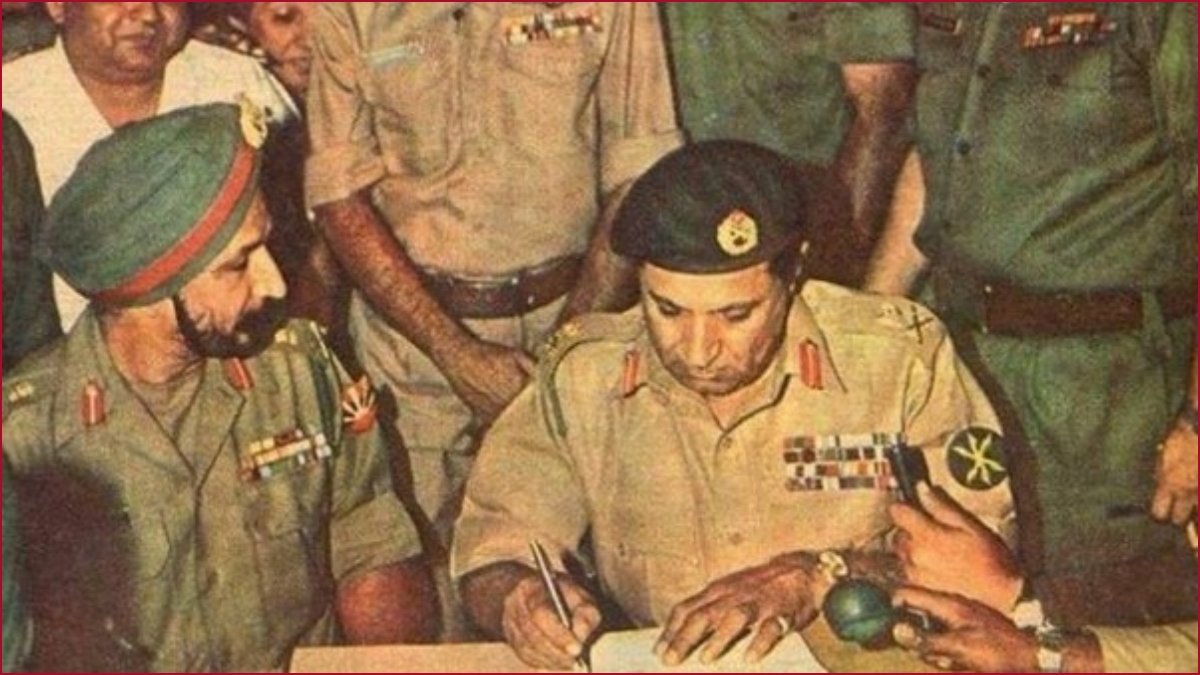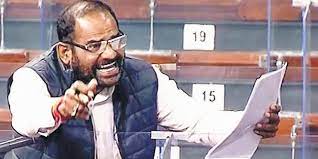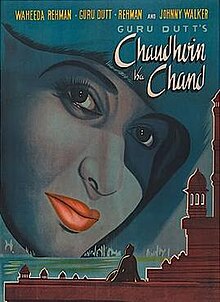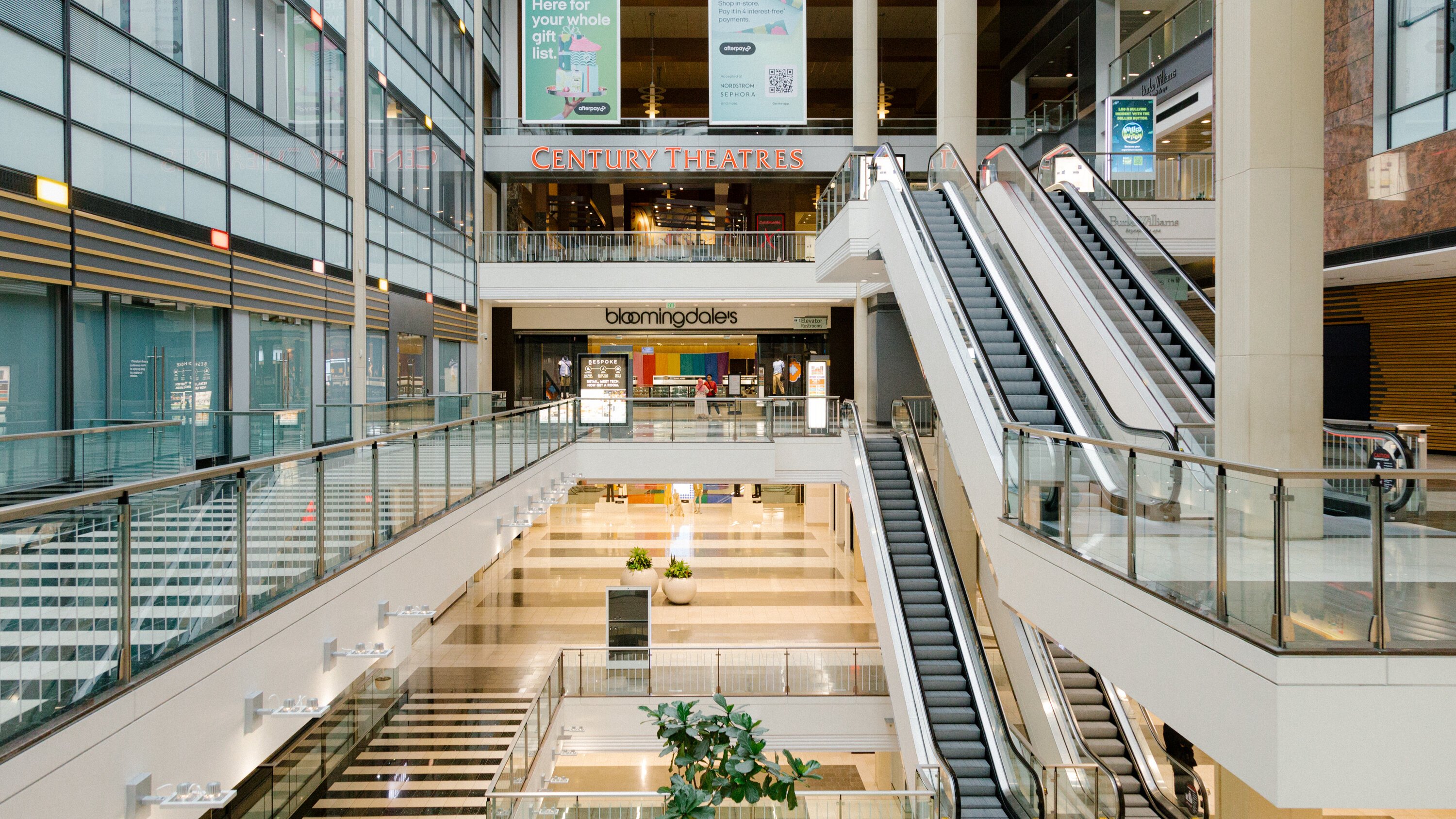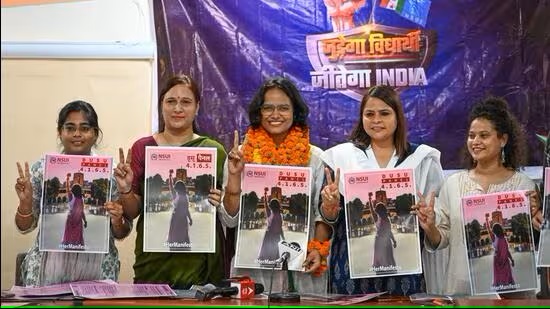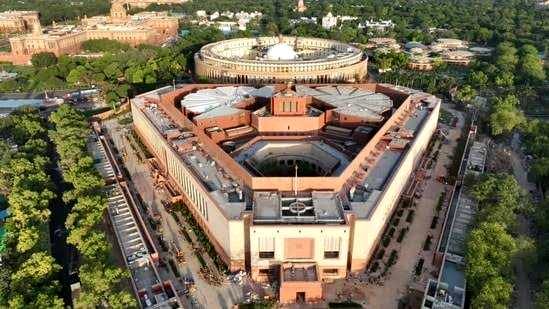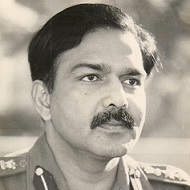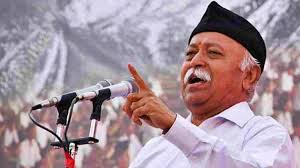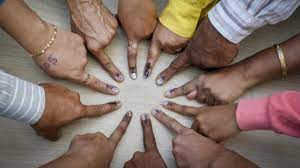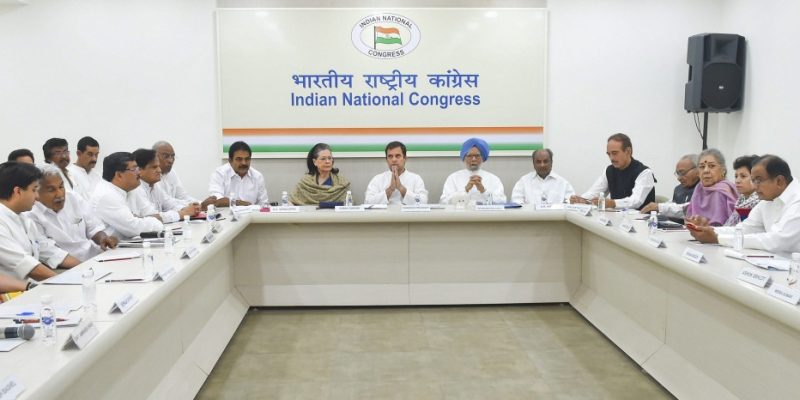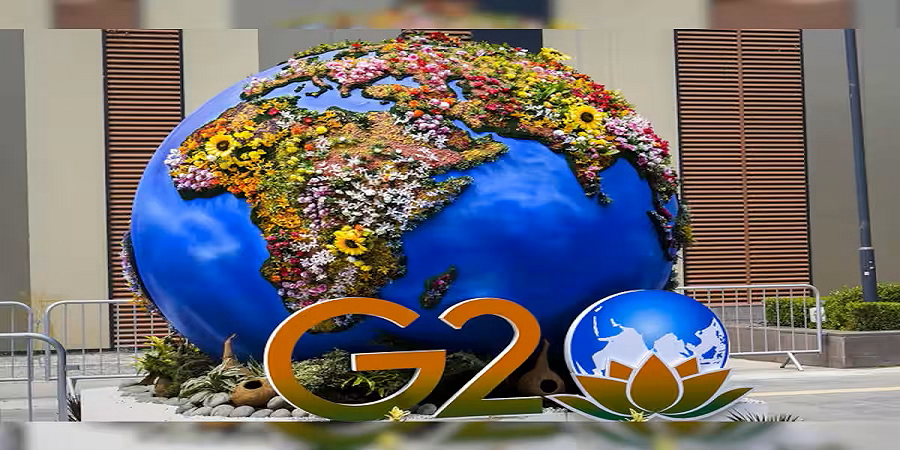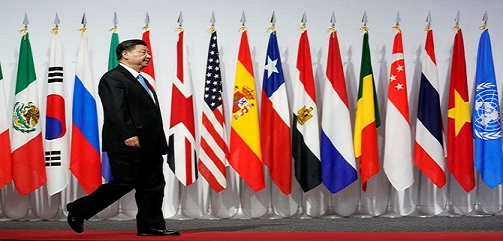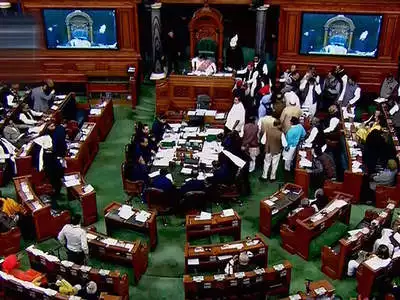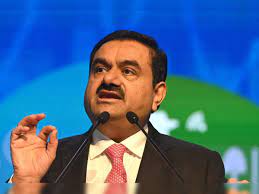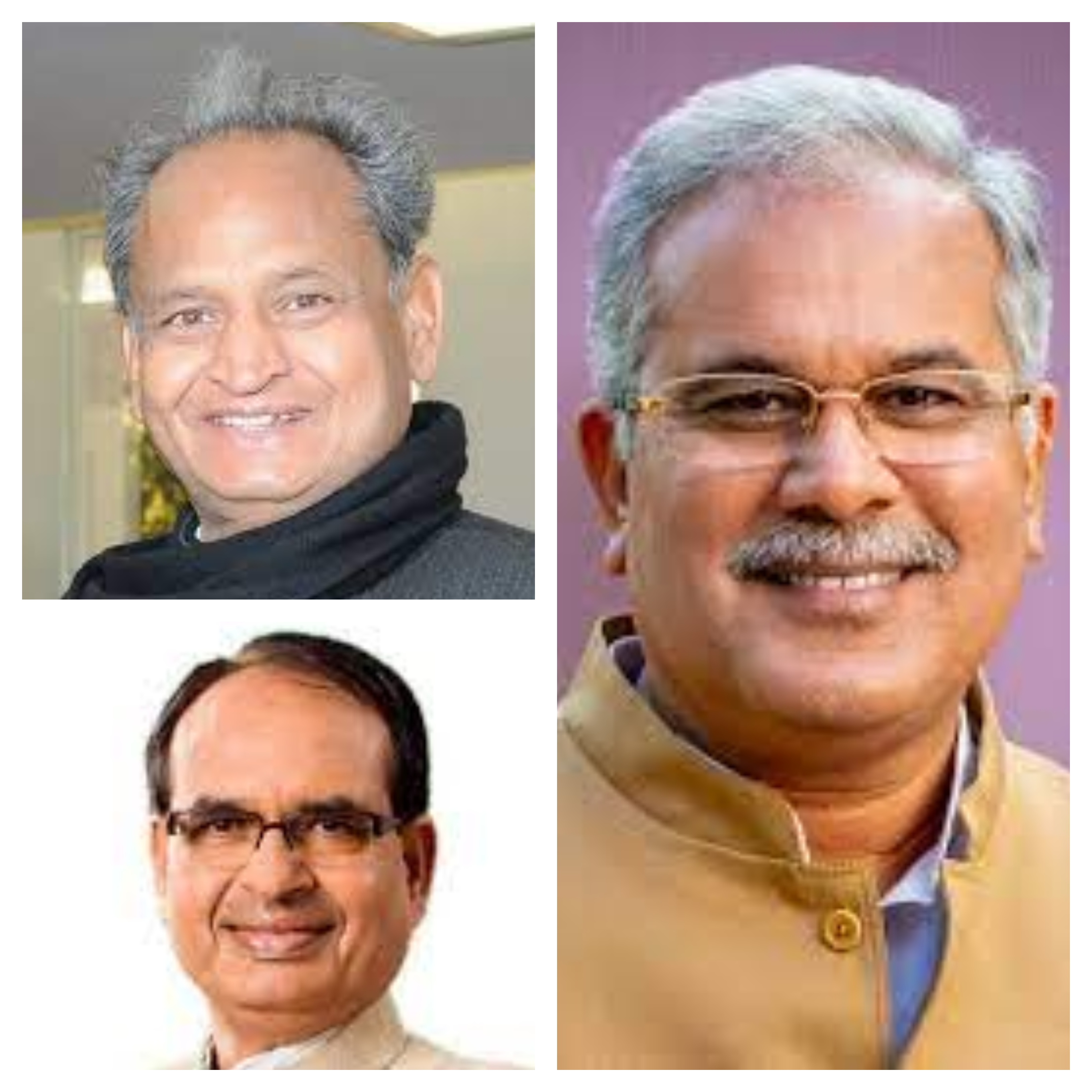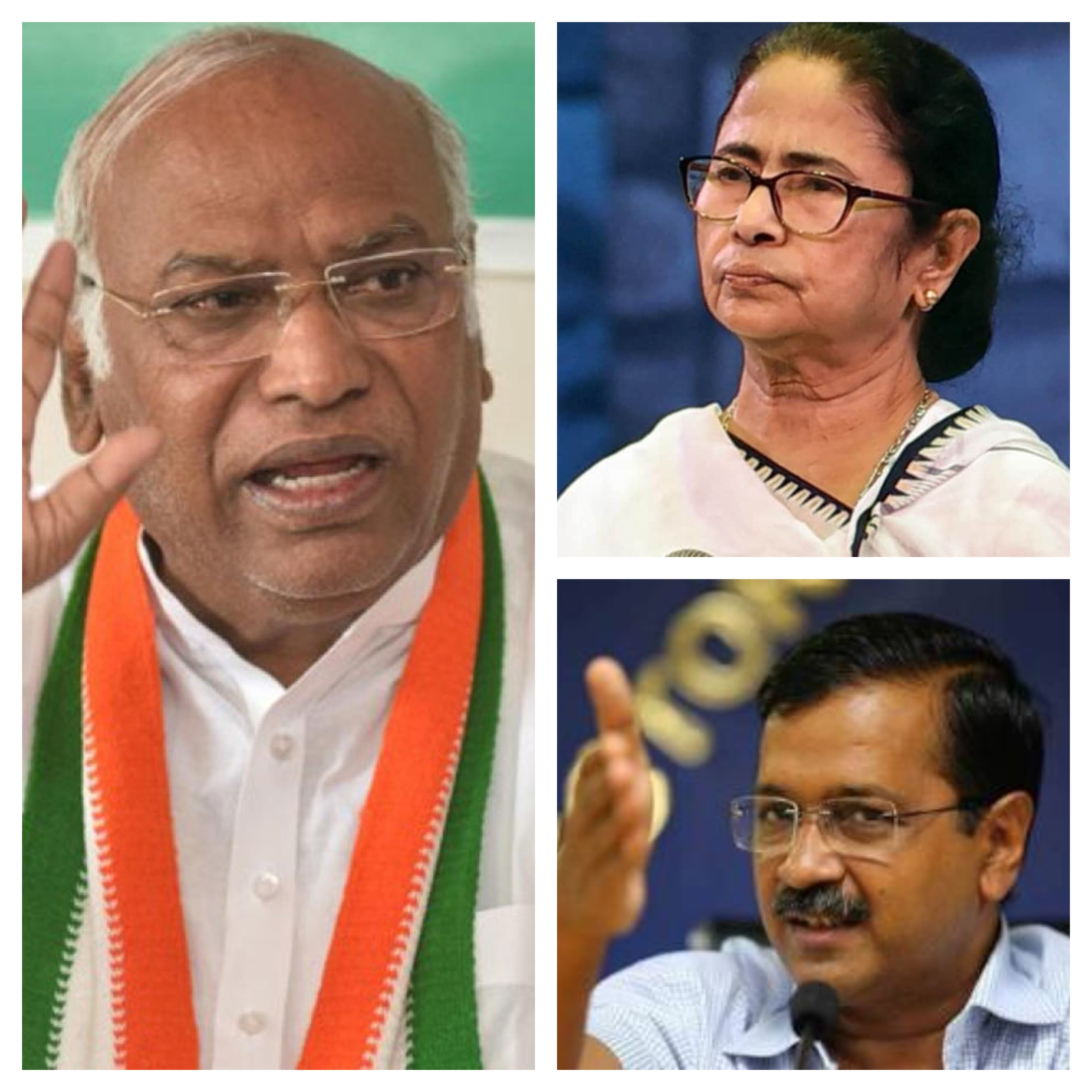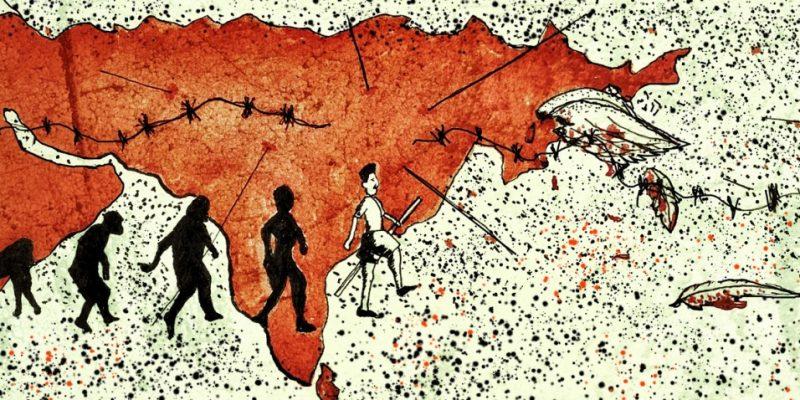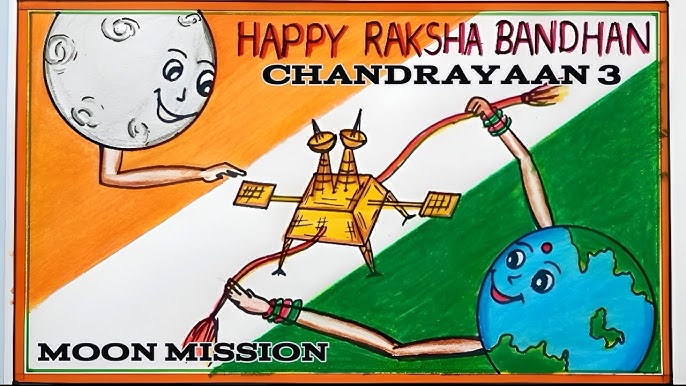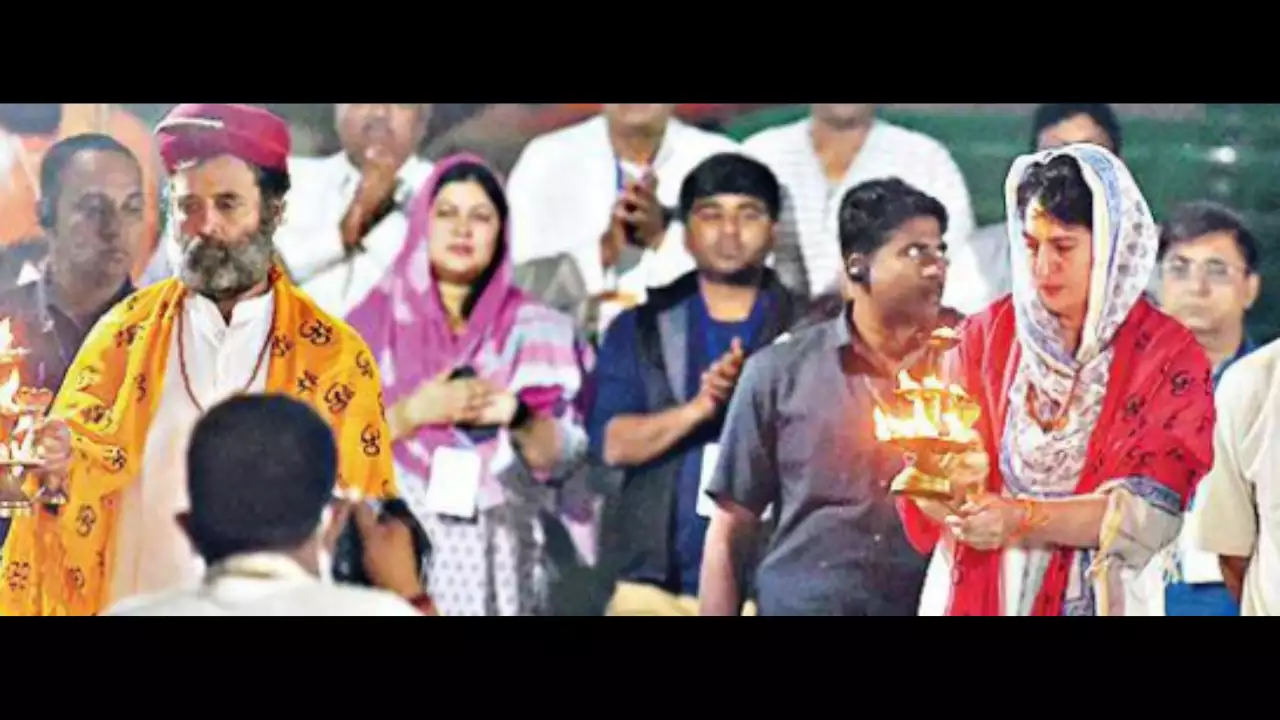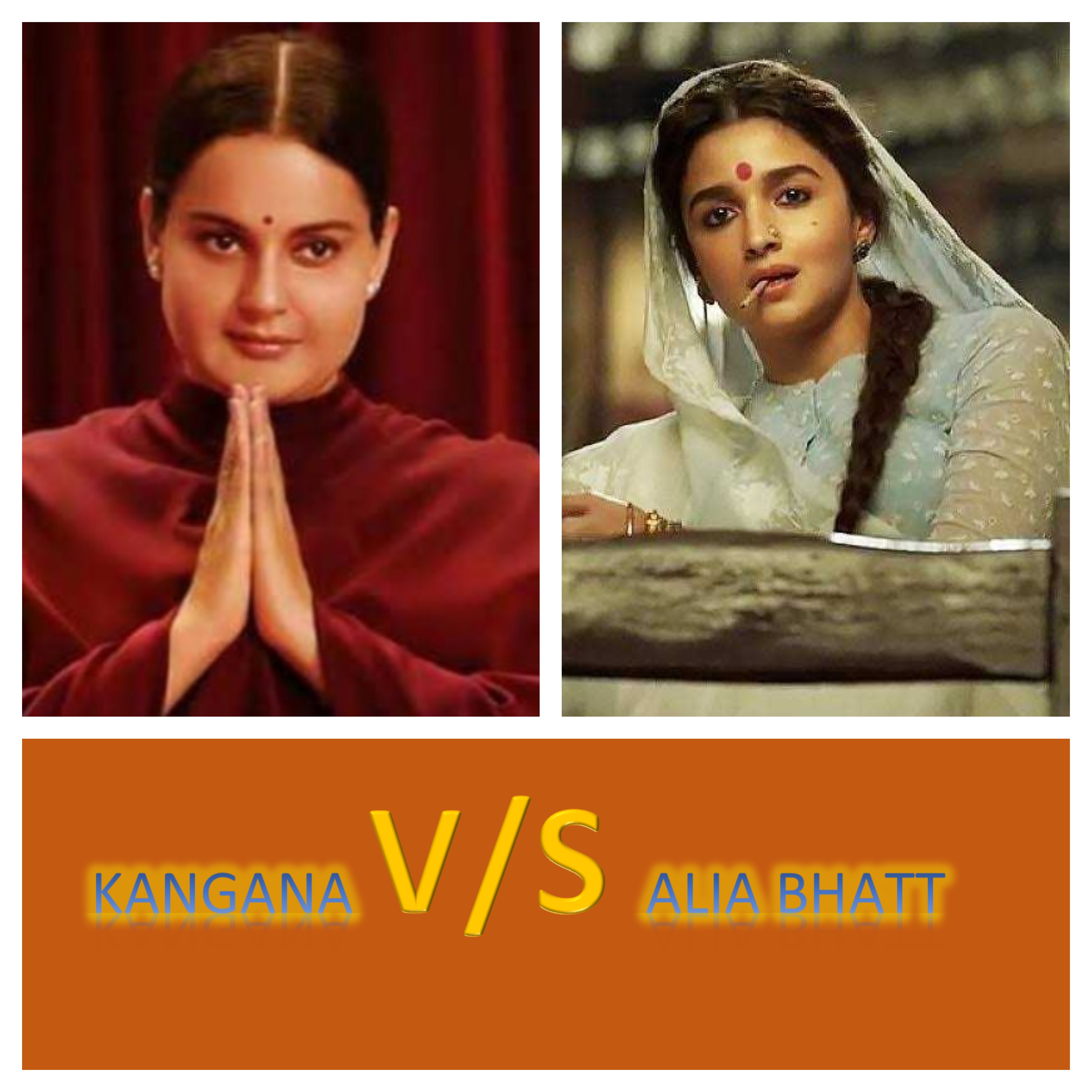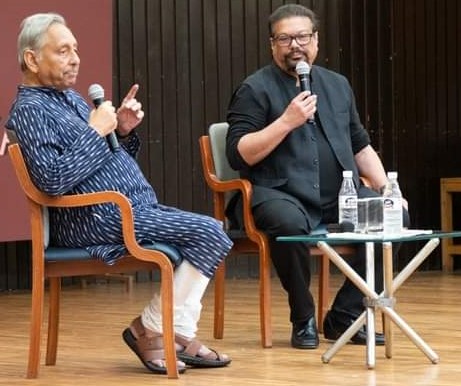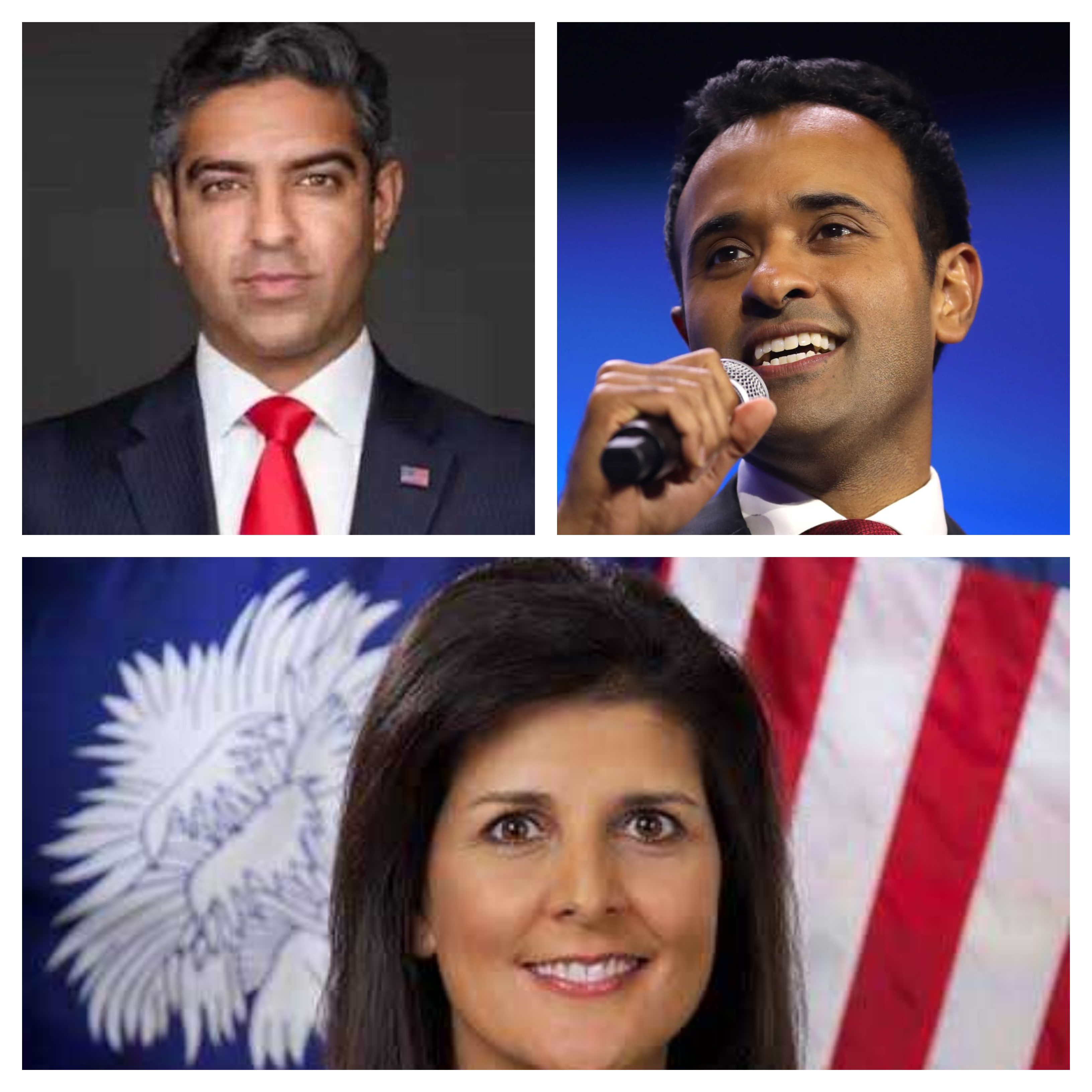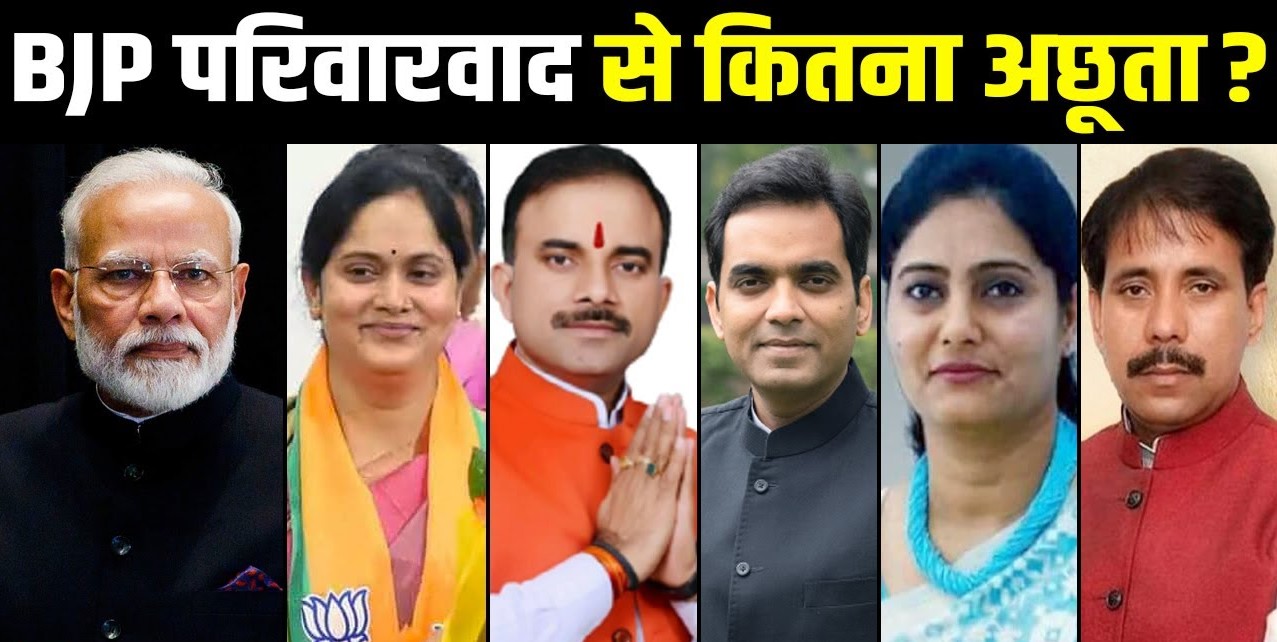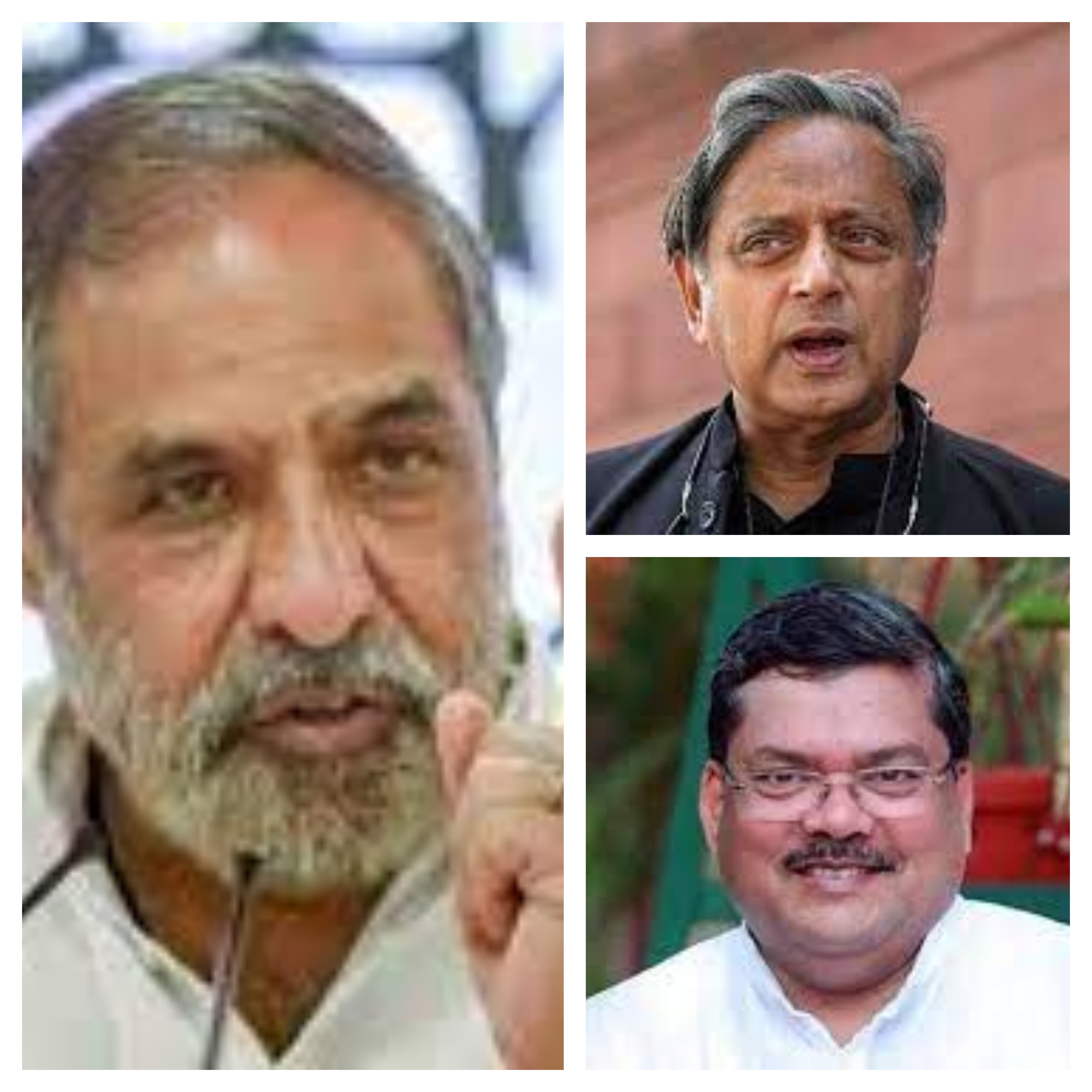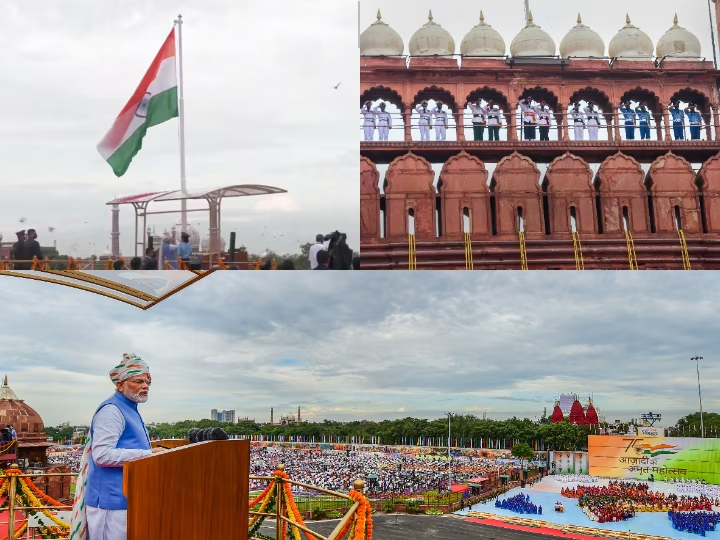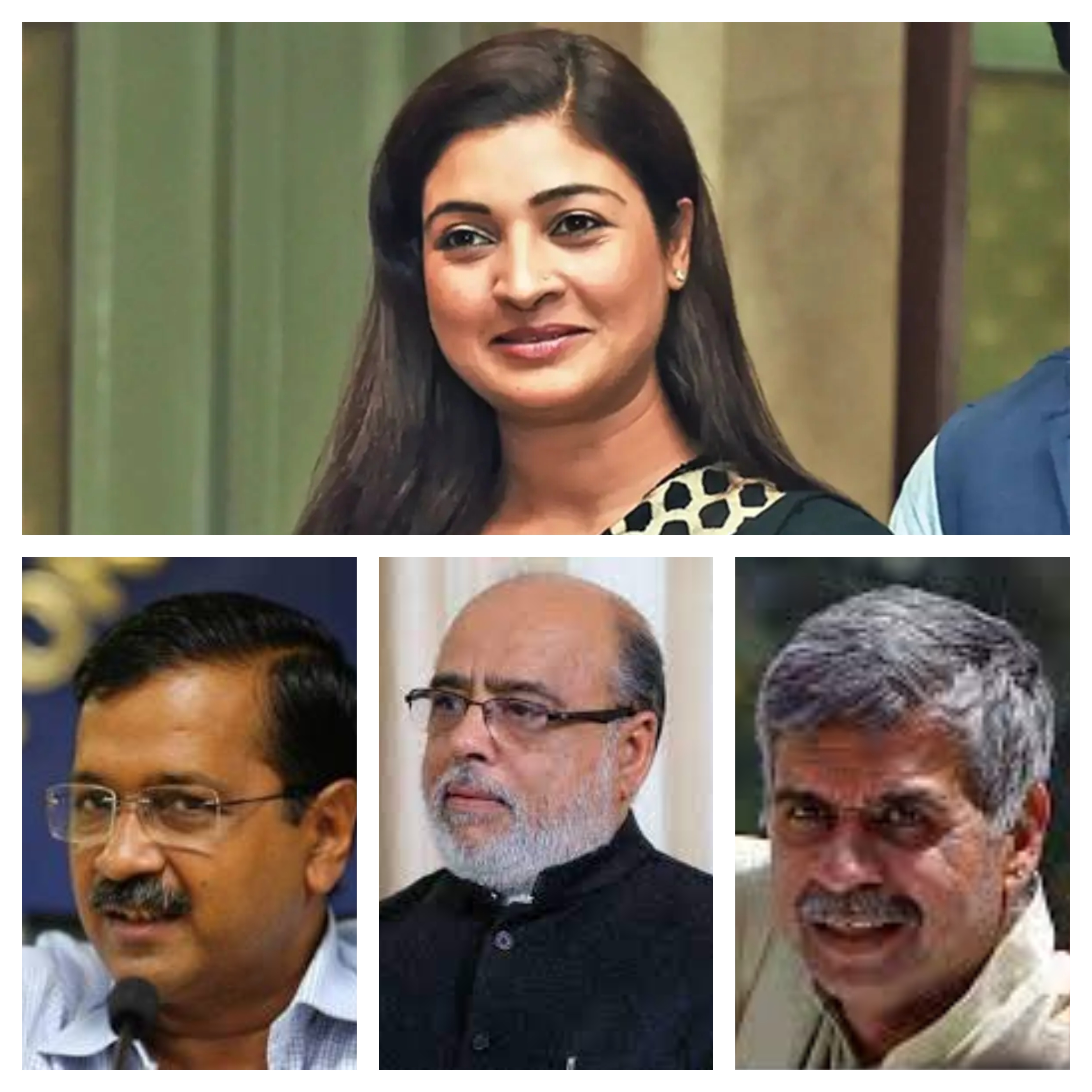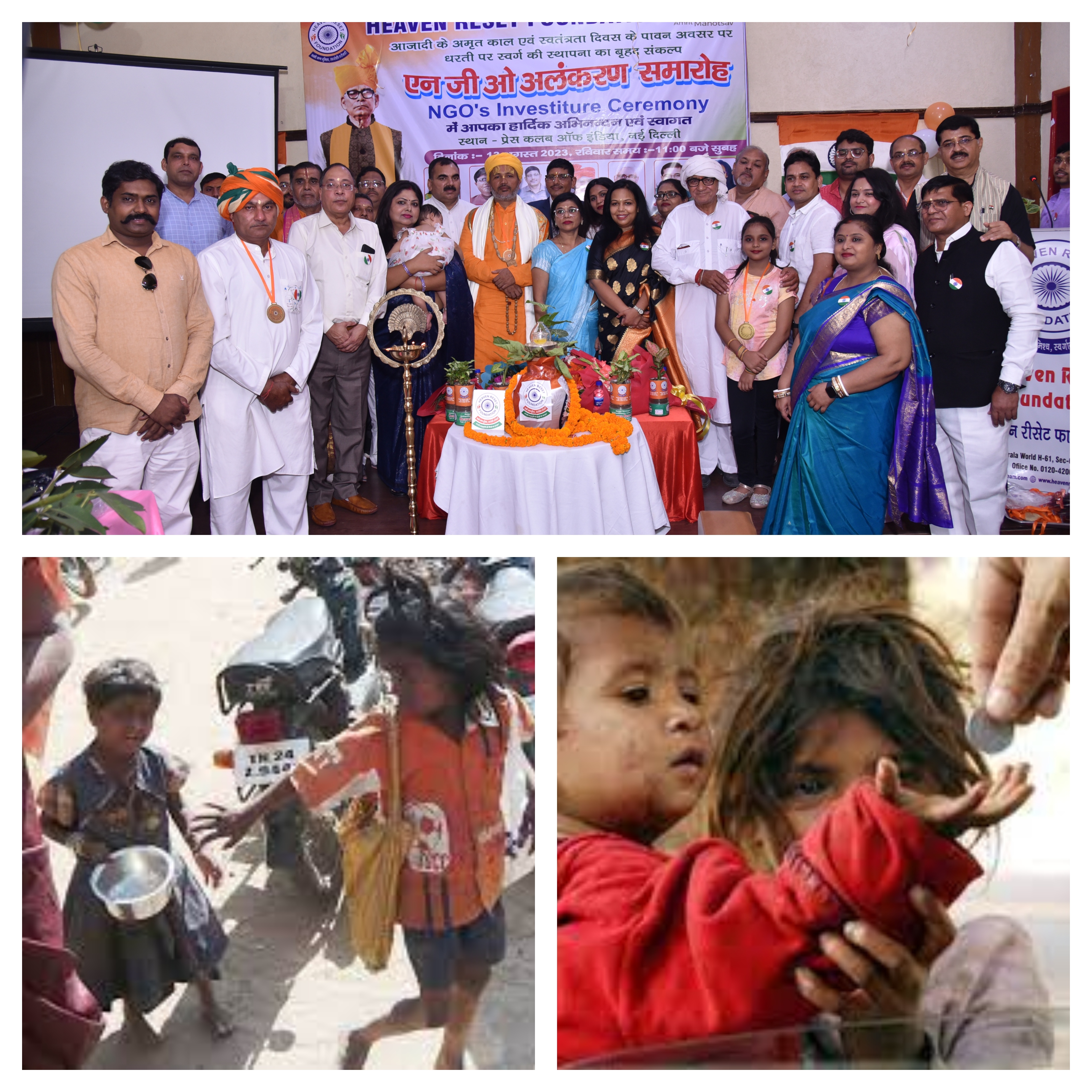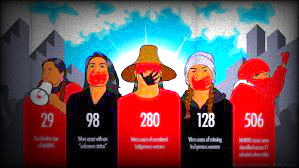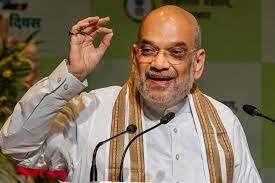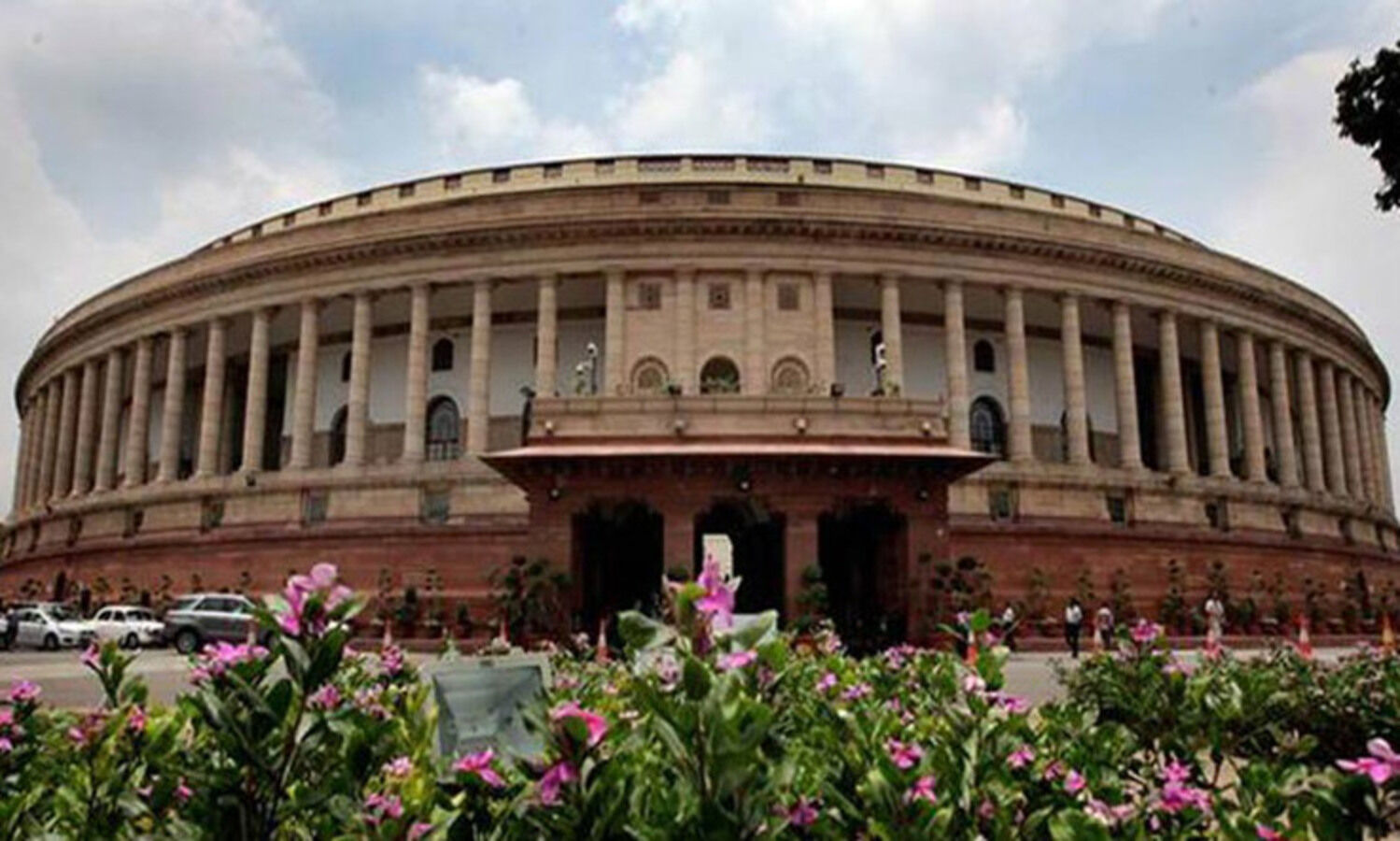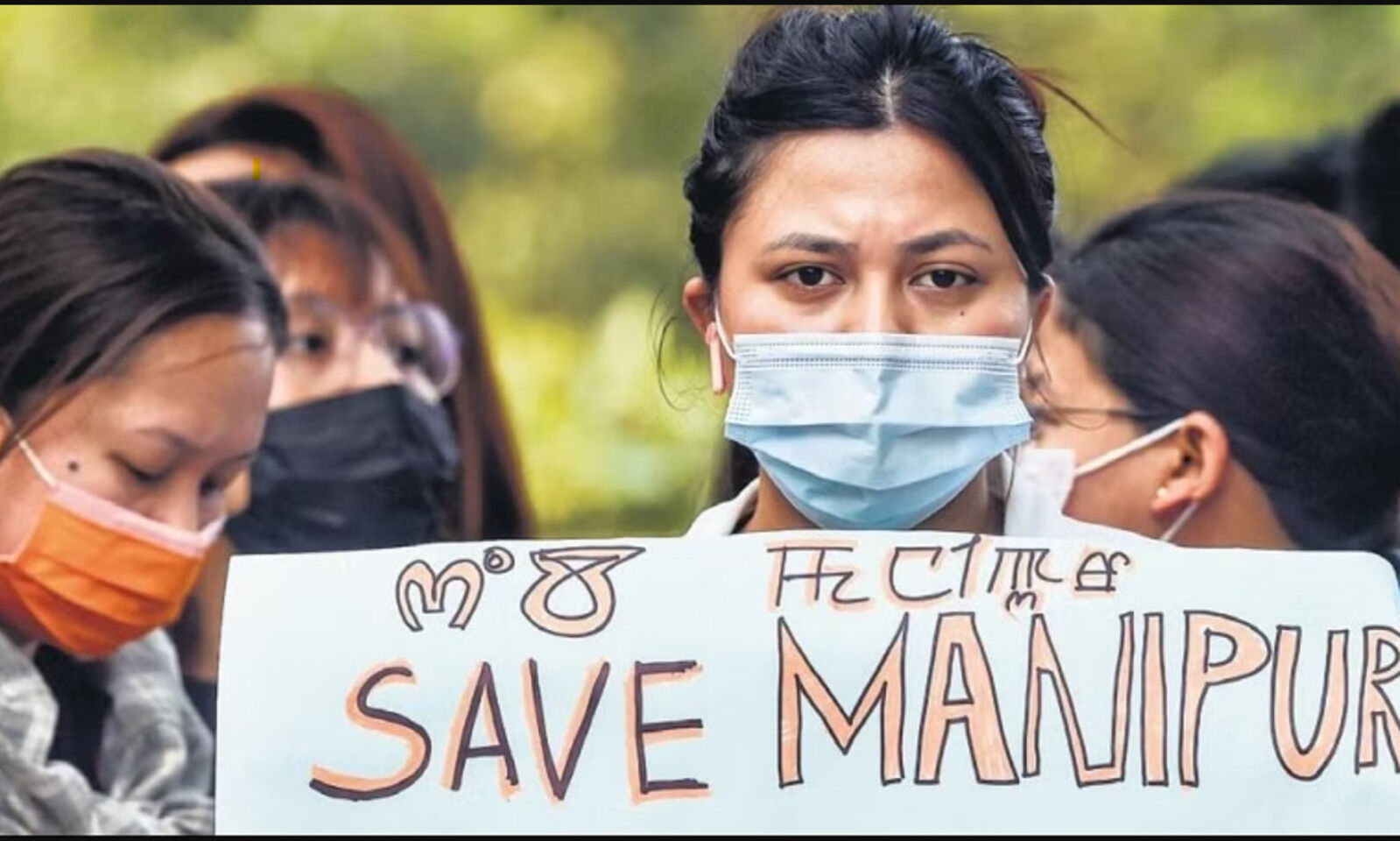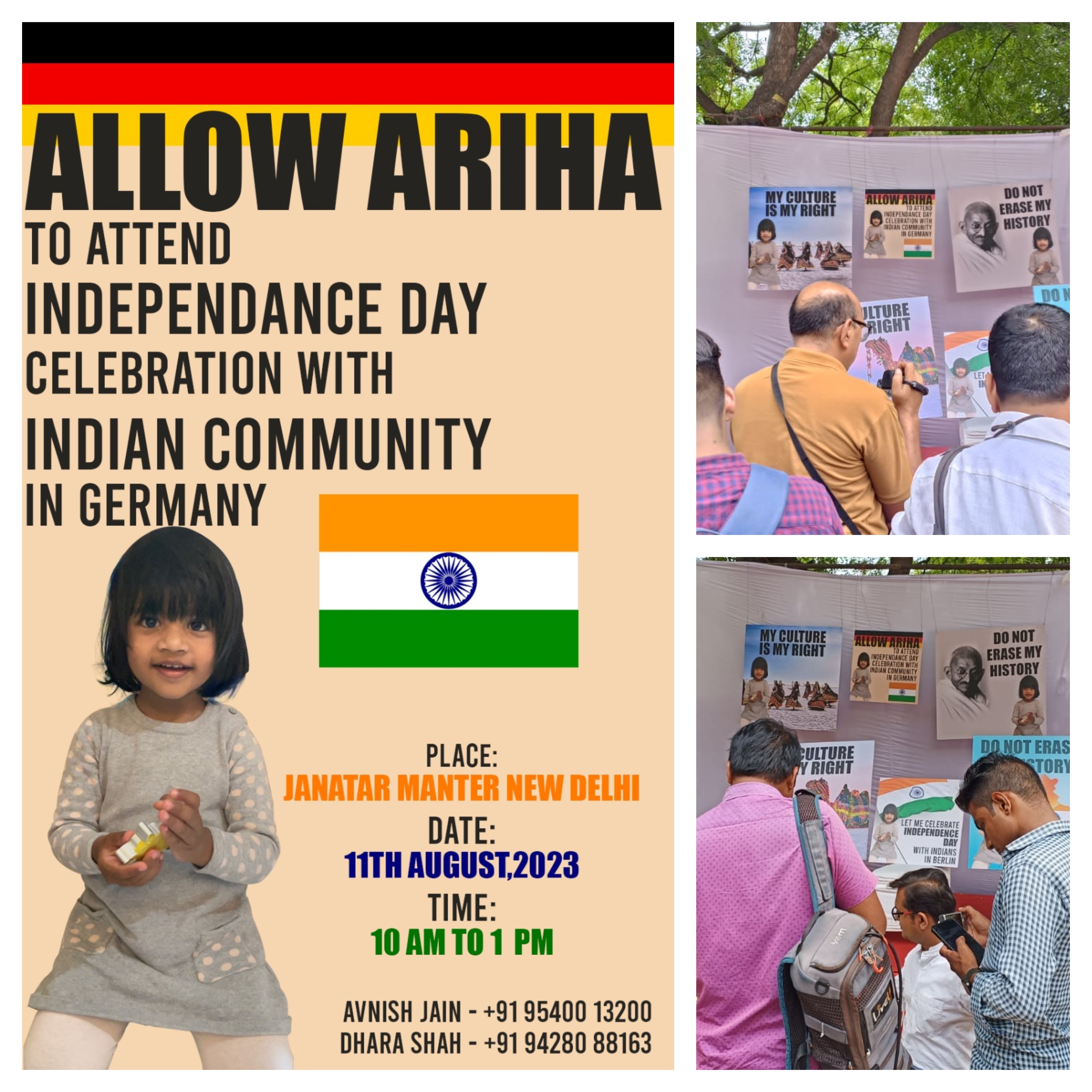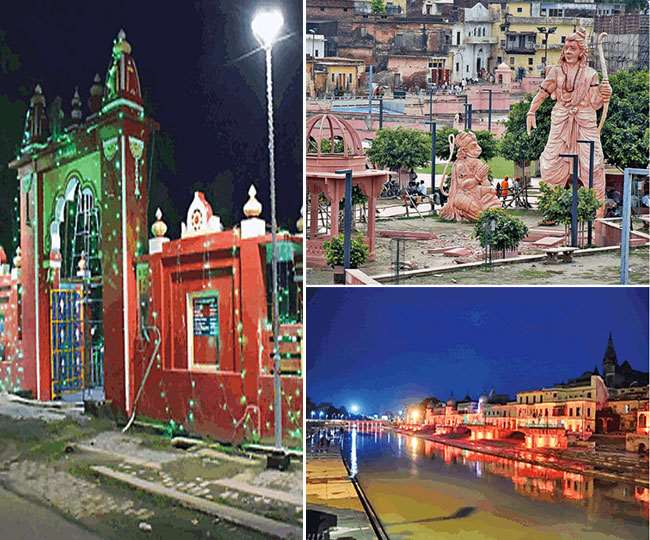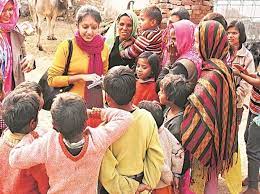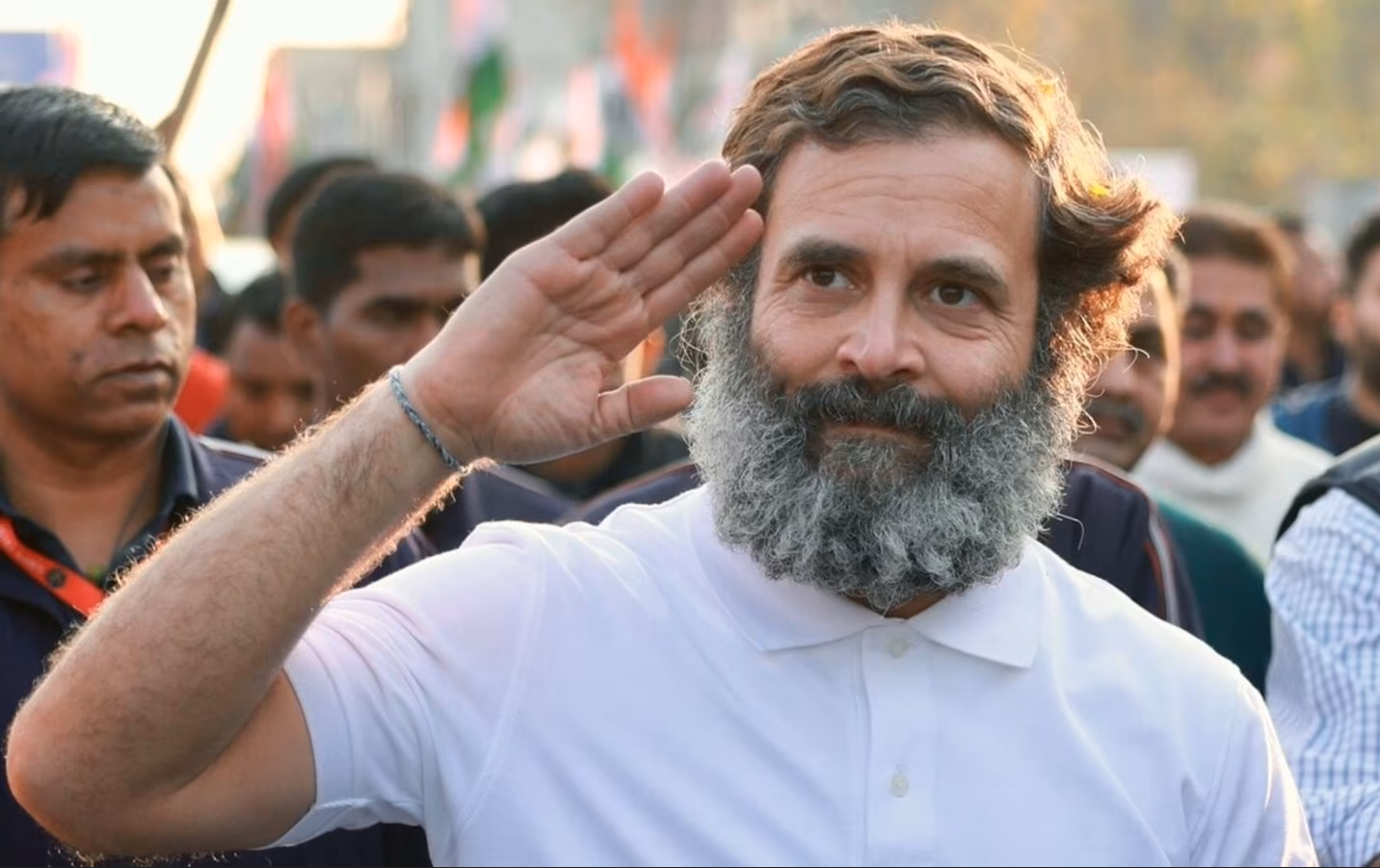6

New Delhi, August 6, 2023
DIALOGUE LINE PANACEA

Shivaji Sarkar
The communal violence has a cost. Manipur may be far off from the National Capital, Delhi, or Nuh may be just 60 km or so off, but incidents impact global reckoning, investment flows and overall losses.
It has jolted the Gurgaon-based multinational and Indian companies no end. As a caution they have gone back to work from home as they perceive that the state government has reneged on maintaining law and order and faltered on checking violence barely 30 km away. If sector 70 mosque burning and its imam’s death is included, it is mere 25 km away.
When it comes to safety, Noida is a better choice than Gurgaon. Statistically, the crime rate in Gurgaon is higher than in Noida. Hence, young people and families are increasingly choosing Noida over Gurgaon. During lockdown many companies shifted away from Gurgaon. With the US alert on Gurgaon, a sea change in investments in Haryana may be a reality. Peace and investments have are closely connected.
The Global Peace Index (GPI) produced by Sydney-based Institute of Economics and Peace notes, the country has a dismal rank of 72. The 2020 violence has cost India $ 646 billion, enough to fund most of its budget expenditures and welfare programmes. Its ranking improved to 126 in 2023 but then various flare ups that happened in the country since, before Karnataka polls had not happened.
The average economic impact of the ten most affected countries by violence was equivalent to 34 percent of world GDP, the report says. The economic cost of violence in India in constant purchasing power parity (PPP) terms in 2017 was $ 806.2 billion, or 9 per cent of the GDP.
Delhi riots 2020 was one of the most violent incidents of the recent past, which saw wide bloodshed, unrest & loss of lives. East Delhi region was engulfed in communal riots, resulting in death of about 53 people.
The economic cost of Indian violence is as much as 6 percent of GDP. Farmers protest, Lakhimpur case were some of the significant violent acts that took place in 2021. In the last decade, India has been a victim of several protests against government policies, curfews, internet shutdowns apart from various big terror events like Mumbai attacks and bombings in many cities.
Over 2,900 cases of communal or religious rioting were registered in the country between 2017 and 2021, Union Minister of State for Home Nityanand Rai said in December 2022. Citing National Crime Records Bureau data, Rai said a total of 378 cases of communal or religious rioting were registered in 2021, 857 in 2020, 438 in 2019, 512 in 2018 and 723 in 2017. Uttar Pradesh tops the list with the highest number of reported crimes in 2023. The state's population size and socio-economic factors contribute to its elevated crime rates. a reason for large number of shifting by industries from western UP, despite being a large hub. Even Honda closed its car manufacturing there.
As much as India is show cased as a shining case of unity in diversity, several innocent people die each year due to communal violence. In 2017, 822 incidents of communal violence were seen, killing 111 people. Religious intolerance is on the rise. The 2019 saw cow vigilantes turning mob lynchers against the beef-eating and cattle-trading communities in India.
Delhi saw anti citizenship amendment bill protests turning into violent riots but religious riots are not new in the country.
Communal riots decidedly affect the economic conditions. Businesses shut down, people do not go out of their homes so even bare necessities and transportation sector falls. Long-term violence leads to deterrence in investment and destruction of property. After the Gujarat riots 2002, the investments flowing into the state had seen a decline.
India’s neighbour – Pakistan stood at 5th with 8 percent loss amounting to $ 80,303. China is at 138th with one of the highest losses of 4 percent or $ 1,049,173. It is contrary to the image that China’s is a peaceful society. Labour unrests as per GPI is very common in China despite a command structure
An observation by S Iyer in the Economics of Religion in India notes that economic growth also increases inequality and polarisation, which in turn incites religious conflict, He says that this is the root cause of conflicts between Hindus and Muslims in the country. Economic growth leads to a greater spirit of competition among businesses. The 1991 Varanasi riots and 1984 Bhiwandi riots were reportedly caused by this phenomenon, according to PR Rajgopal in his book Communal Violence in India. This syndrome leads to power conflicts.
In the South Asia region, or the Indian subcontinent, the economic impact of violence has risen to $1.27 trillion in 2019, the highest level ever recorded for the region. The Economic Impact of Violence report 2021, also by IEP found that since 2013, the impact has increased almost every year. The region consists of Afghanistan, Bangladesh, Bhutan, India, Nepal, Pakistan and Sri Lanka.
The region is the second least peaceful after the Middle East and North Africa and has one of the widest disparities between its most and least peaceful countries.
The 2020 GPI mentions how South Asia deteriorated in peace owing to violence in Nepal, Sri Lanka, and Afghanistan. The violence in the South Asia region is largely due to military and internal security and expenditure and costs escalate highly from armed conflict and terrorism.
It is a complex syndrome. The historical rivalry between Kuki and Meitei in Manipur or Hindus and Muslims in Nuh in Haryana continues for reasons beyond religion but it ignites the passion that social rivalries find difficult to express. The ascendancy of the Vishwa Hindu Parishad has more to do with this power syndrome in Haryana and so is the feeling of superiority among the Meitei in Manipur. The religion in both the places are conduits of expression. Even feeble formal dialogue between the communities has been blocked by religious passion.
Political parties try to reap benefits to exploit the local resources through their crony business houses. Whether it would benefit them in the 2024 polls or not is difficult to say. If dialogue is not resumed it can definitely hurt the delicate social fibre and critical economic well-being. Efforts for resumption of dialogues either in Manipur or Haryana remains a pipe dream till the time of going to press.











































































































































































































































































































































































































































































































































































































































































































































































































































































































































































































































































































































































































































































































































































































































































































































